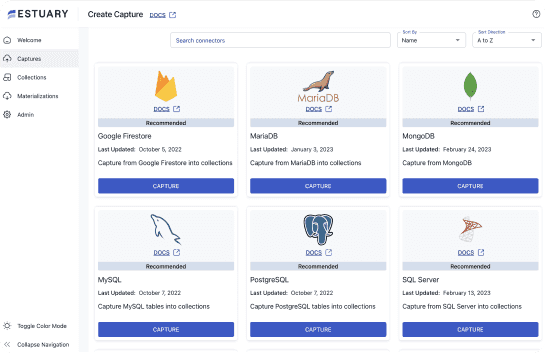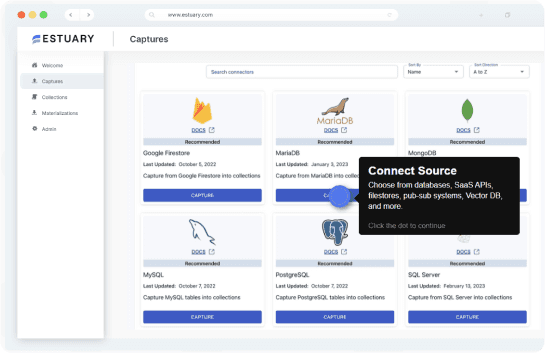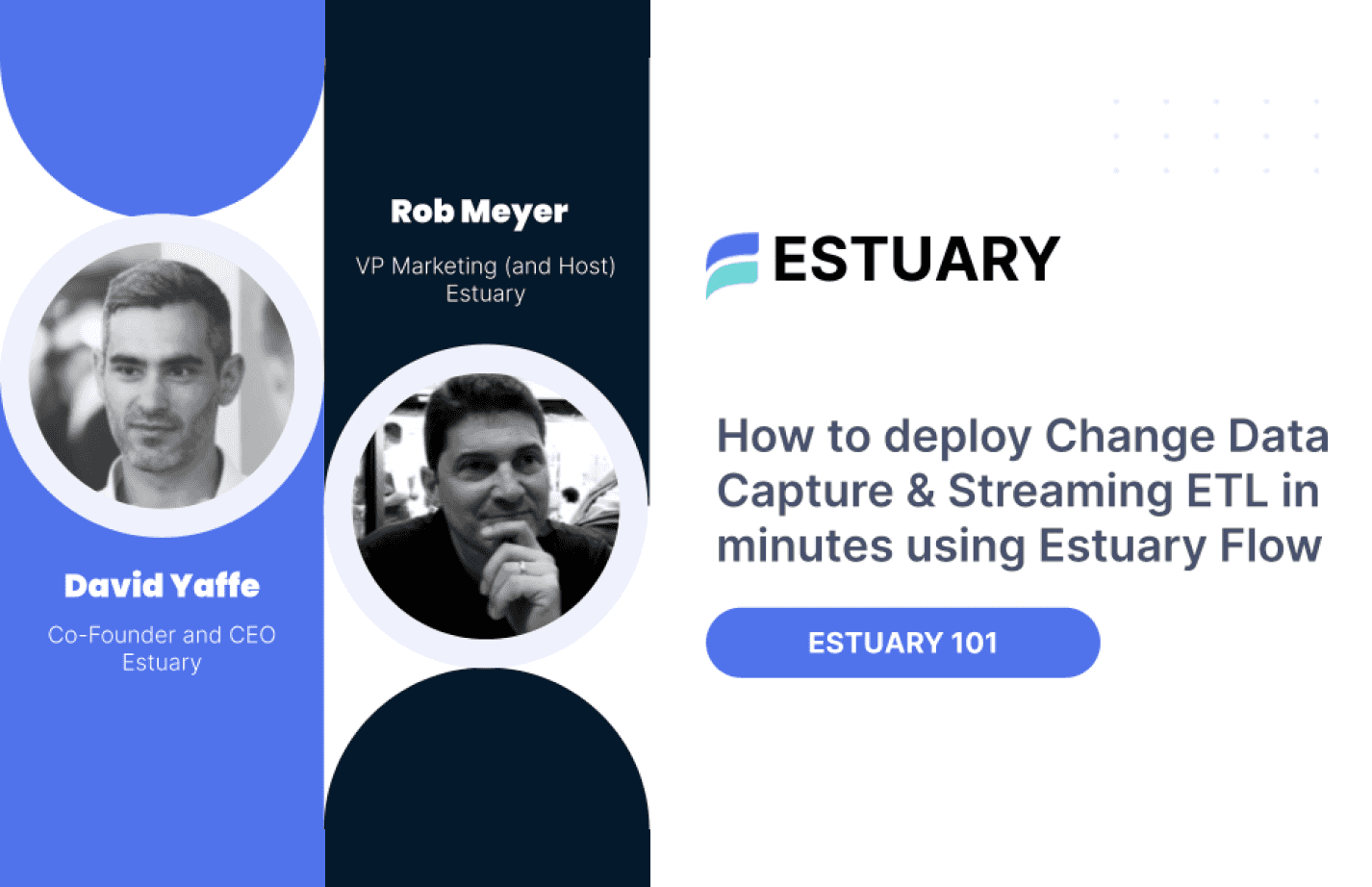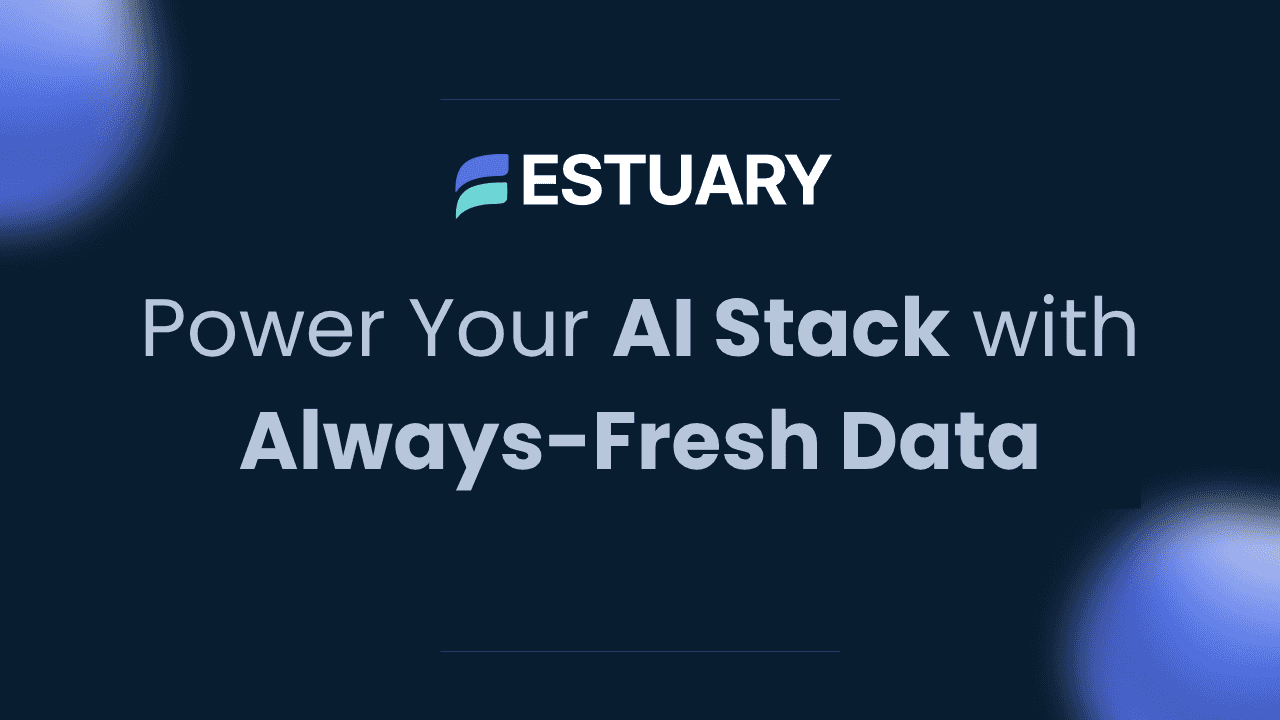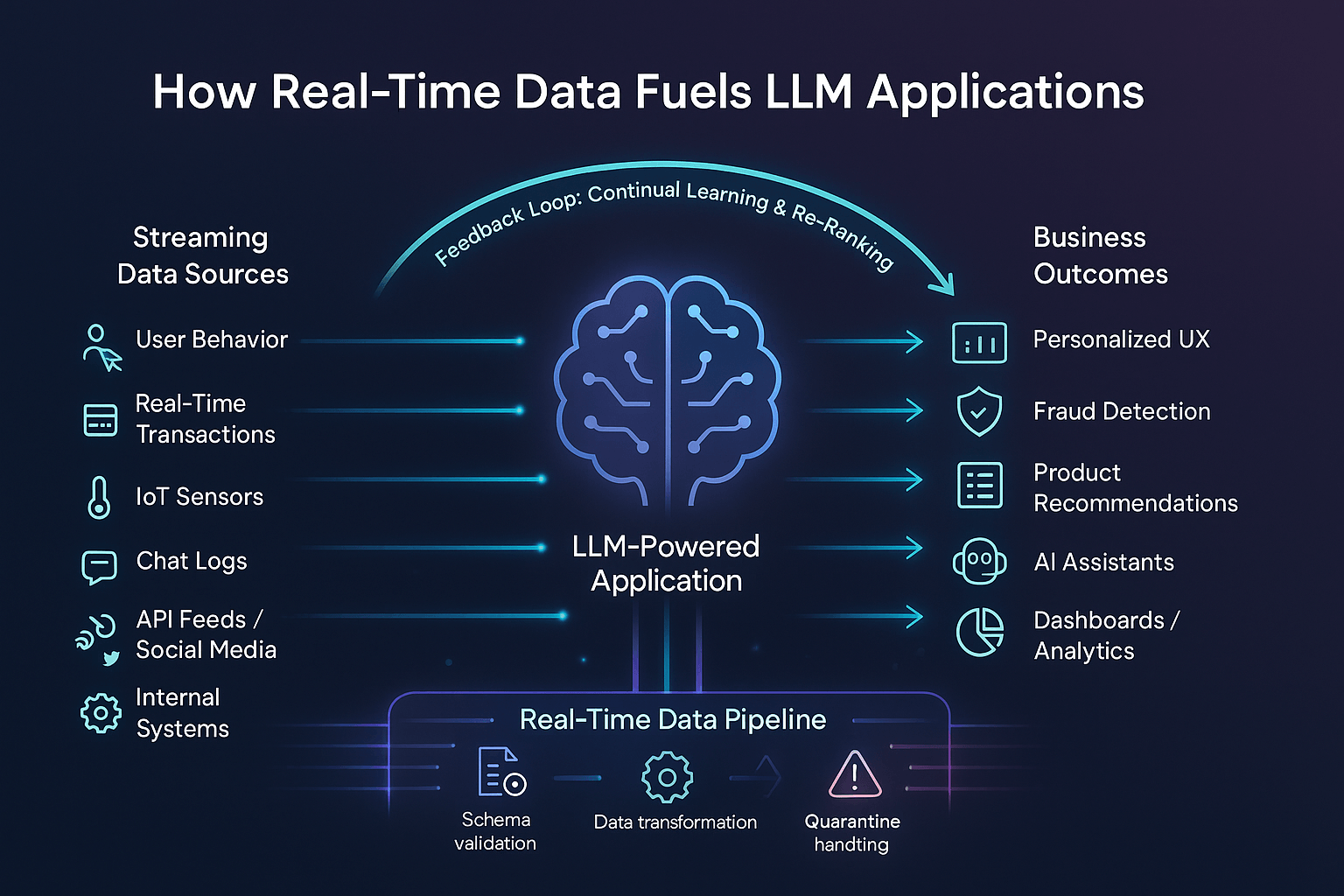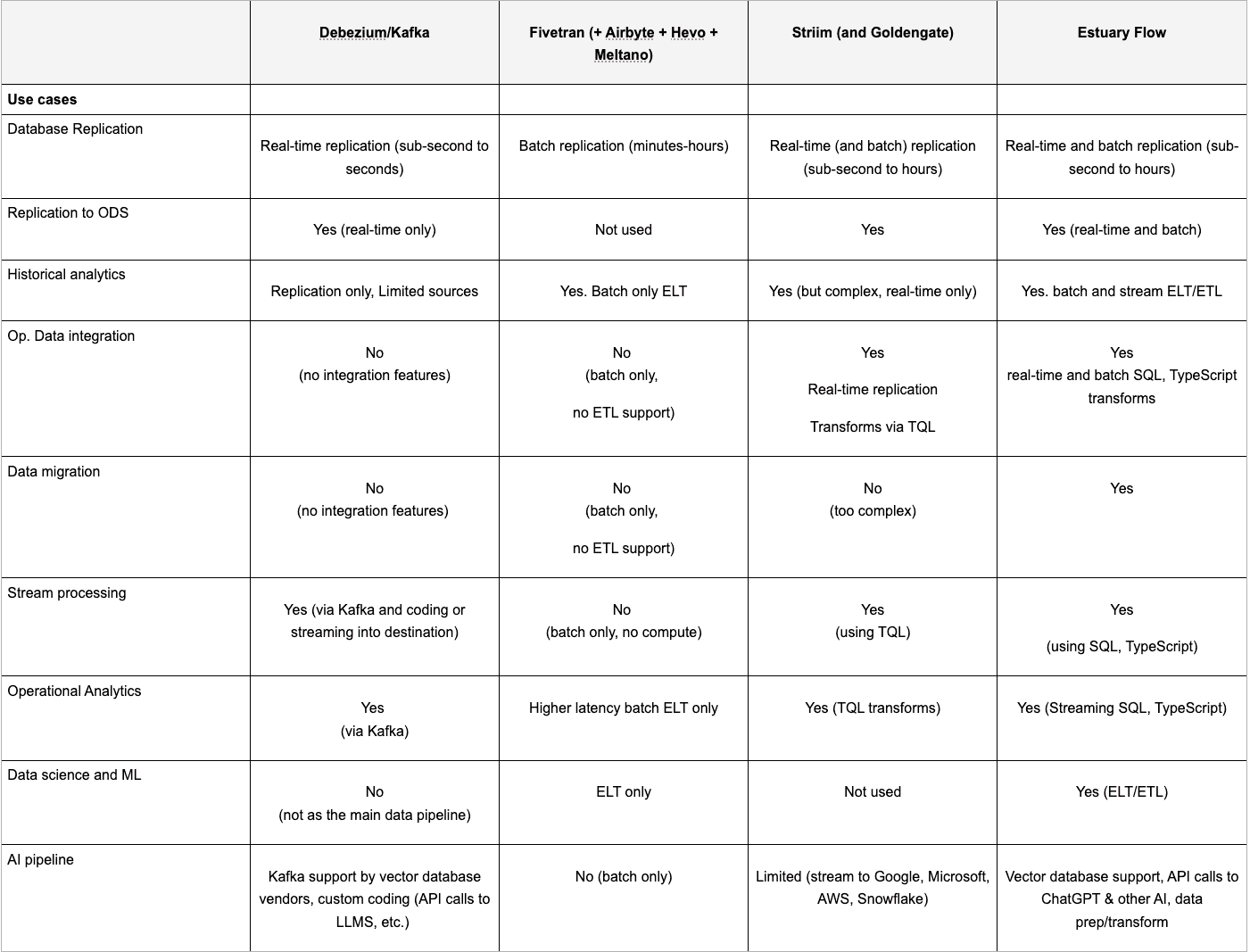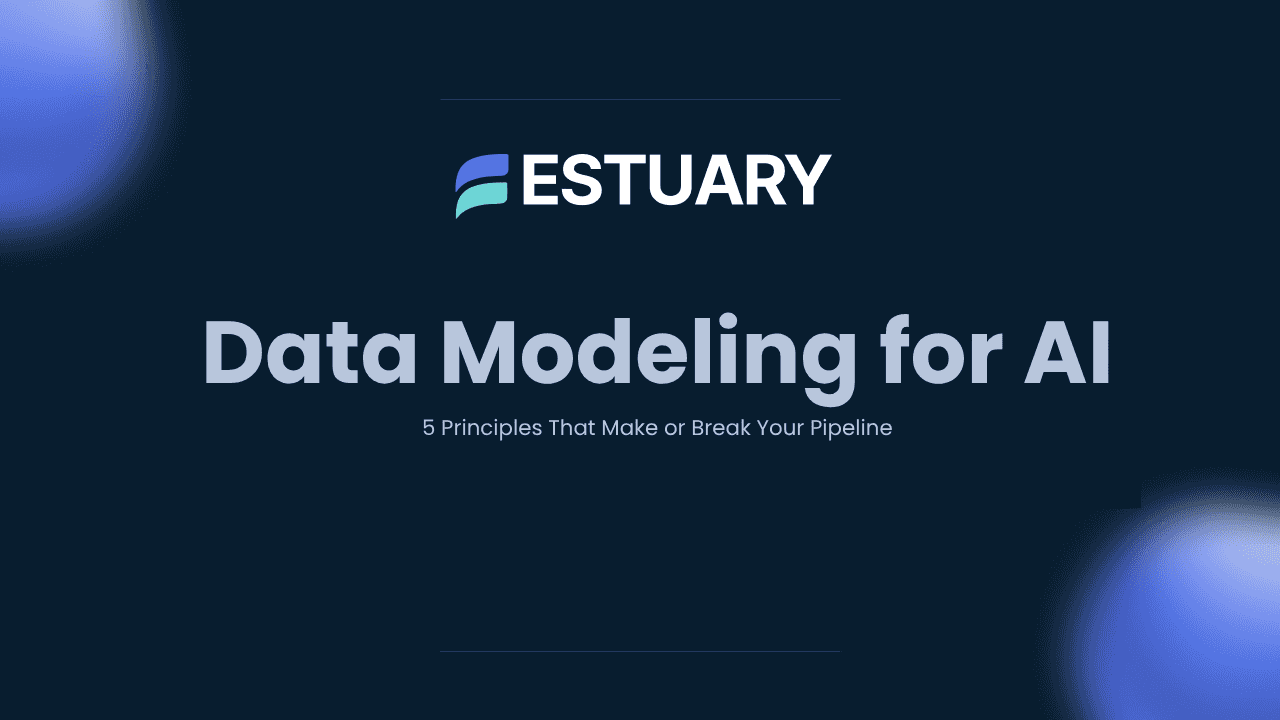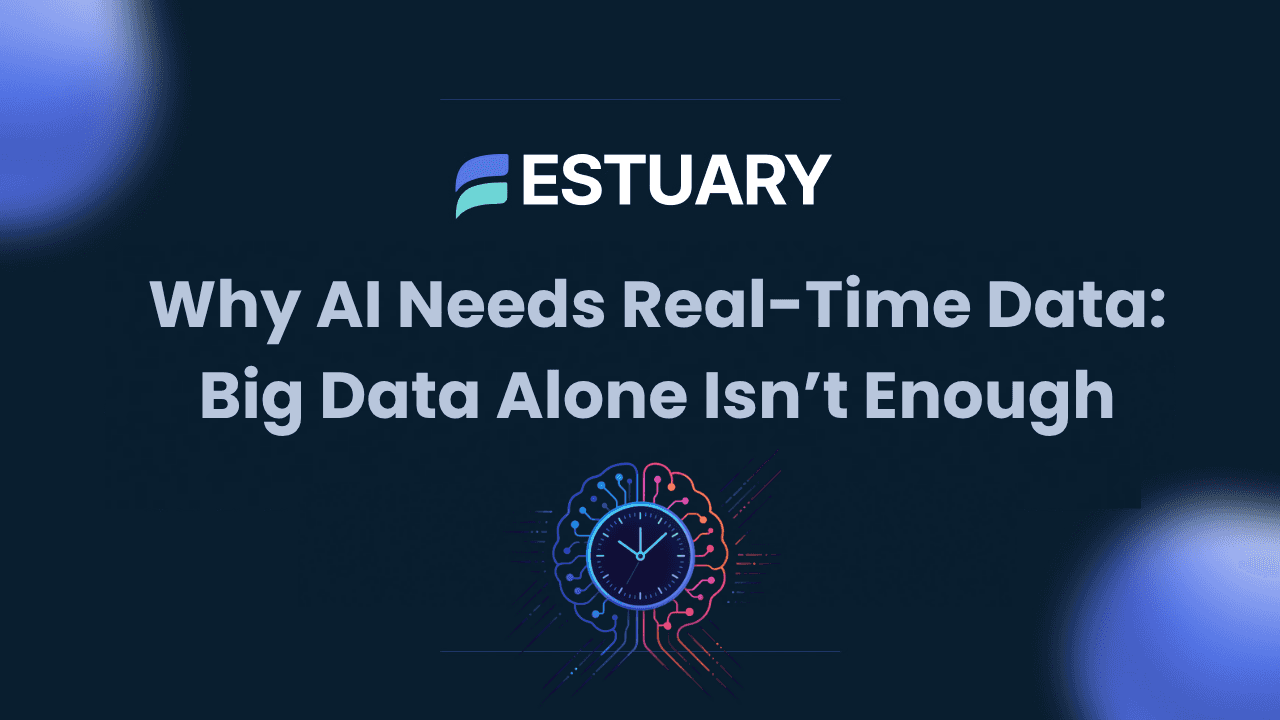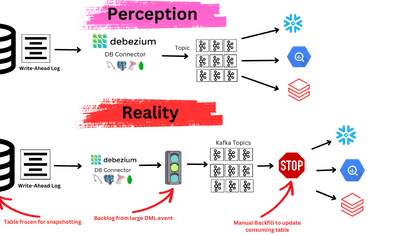
Introduction: Why Real-Time Data Matters for LLM-Powered Applications
Large Language Models (LLMs) are transforming how businesses interact with customers, analyze data, and make decisions. From customer service bots to dynamic internal copilots, LLMs offer unprecedented flexibility and intelligence. But even the most advanced LLMs are only as useful as the data they operate on.
When real-world information changes constantly, static datasets fall short. An outdated knowledge base, a stale user profile, or a lagging sensor feed can lead to hallucinations, irrelevant responses, or missed opportunities. That’s why real-time data integration is becoming a foundational layer for production-grade AI.
In LLM-powered systems, real-time data powers everything from context retrieval and prompt enhancement to semantic search and decision support. Without timely and accurate data flowing into the system, the intelligence of your LLM is limited to yesterday’s world.
This article will explore seven real-time data use cases where LLMs truly shine across industries like retail, fintech, support, operations, and more. These are not just aspirational ideas. They’re practical, high-impact applications that data teams can build today.
Let’s dive into what’s possible when real-time pipelines meet intelligent models.
1. Real-Time Customer Support Assistants
Modern customer support tools powered by LLMs can summarize tickets, suggest replies, or even fully automate responses. But to be genuinely helpful, these assistants must have access to the latest context, like recent orders, failed payments, live product inventory, or open tickets from other channels.
If the LLM pulls data that’s even a few minutes out of date, it risks giving wrong answers or triggering frustrating experiences for users. Real-time data solves this by feeding the assistant continuously updated information from CRM tools, payment systems, order databases, and more.
Why this matters:
- Reduces the risk of hallucinated or inaccurate replies
- Enables faster resolution by arming agents with the most current insights
- Supports full or partial automation with high confidence
2. Streaming RAG for Search and Discovery
Retrieval-Augmented Generation (RAG) enhances LLMs by feeding them relevant external context at query time. But most RAG pipelines depend on stale snapshots of documents, product catalogs, or event logs. In fast-moving environments, this can lead to outdated or misleading results.
By syncing source data (like support articles, changelogs, or event streams) into vector databases in real time, you ensure that the context retrieved is always fresh. This dramatically improves relevance and enables use cases like live semantic search, personalized recommendations, and up-to-the-minute product Q&A.
Why this matters:
- Keeps vector stores aligned with evolving source content
- Prevents drift between LLM responses and actual business state
- Powers high-frequency search over live user behavior, not static logs
3. Real-Time Fraud Detection with LLMs
Traditional fraud detection models often rely on static thresholds or rule-based systems, which struggle to adapt quickly to evolving threats. LLMs, when paired with real-time data, can analyze behavioral patterns, transaction anomalies, and contextual signals as they unfold.
By feeding LLMs with streaming data from payment systems, login events, or location services, you enable real-time inference and proactive intervention. The LLM can detect subtle deviations in behavior—like impossible travel patterns or unusual device usage—and flag potential fraud instantly.
Why this matters:
- Detects fraud within seconds, not hours
- Reduces false positives by analyzing context in real time
- Enables dynamic responses like step-up authentication or session termination
4. Real-Time Agent Copilots for Customer Support
Modern support teams are turning to LLM-powered copilots that assist human agents during live interactions—whether over chat, voice, or email. But for these copilots to be effective, they must operate on up-to-date, streaming context.
This includes:
- Real-time CRM updates (e.g., user just upgraded plan)
- Current order or delivery status
- Ongoing troubleshooting logs
- Live sentiment or tone detection
When copilots receive this data in real time, they can surface the right suggestions, links, or actions instantly, without relying on stale information. This leads to faster resolutions, more personalized interactions, and better customer satisfaction.
Why this matters:
- Agents get accurate, contextual help at the right time
- Improves average handle time (AHT) and customer satisfaction (CSAT)
- Enables smoother handoffs between humans and AI systems
5. Real-Time Knowledge Graph Updates for LLMs
Large language models can dramatically improve when paired with structured, dynamic knowledge graphs that represent the relationships between entities—customers, products, transactions, support tickets, etc.
However, for LLMs to generate relevant responses, these graphs must be kept up to date in real time.
Examples of streaming updates:
- New relationships formed (e.g., a customer purchases a product)
- Content changes (e.g., product catalog or pricing updates)
- User behavior signals (e.g., clickstream or app usage)
Real-time ingestion ensures that downstream applications like recommendation engines, search enhancement layers, or LLM retrieval components are always working with the most recent graph structure.
Why this matters:
- Prevents hallucinations from outdated graph data
- Supports real-time personalization and targeting
- Enhances retrieval-augmented generation (RAG) pipelines
6. Streaming Risk Signals for AI-Driven Fraud Detection
In industries like fintech, e-commerce, and gaming, fraud patterns change rapidly. LLMs and other AI models trained on historical data alone may miss emerging threats. What they need is continuous access to fresh behavioral signals—delivered in real time.
Streaming data sources that power fraud detection:
- Transaction logs (e.g., unusual spending patterns)
- Login activity (e.g., new devices or locations)
- Session metadata (e.g., rapid-fire clicks or repeated actions)
- Cross-platform behavior (e.g., app + web inconsistencies)
By integrating real-time data pipelines with LLM-powered models, you enable:
- On-the-fly inference for scoring risky behavior
- Continuous retraining of models based on live feedback
- Dynamic blacklisting or user flagging systems
Why this matters:
- Reduces lag between threat emergence and model reaction
- Helps maintain low false-positive rates by adapting to patterns fast
- Powers automated intervention systems that rely on live context
7. Real-Time Feature Feeds for LLM-Augmented ML Models
LLMs often act as part of a hybrid architecture, working alongside structured machine learning models for classification, prediction, or scoring. These downstream models rely on real-time feature feeds to maintain performance and context.
Examples include:
- E-commerce: LLMs assist in product recommendations, but the ranking model needs live inventory, pricing, and clickstream data.
- Fintech: A GPT-powered assistant summarizes account risk, while a gradient boosting model scores creditworthiness using fresh transaction data.
- Marketing: LLMs generate personalized email copy, while real-time models calculate customer lifetime value (LTV) and churn scores on the fly.
In these setups, LLMs can’t operate in isolation. The orchestration layer must synchronize real-time features so models stay aligned across components.
Benefits of real-time feature sync:
- Prevents feature drift between inference and data state
- Ensures consistency across multi-model architectures
- Enables retraining pipelines triggered by feature changes
Where Estuary Fits: Powering LLMs with Live, Trusted Data
LLMs are only as powerful as the data they access. If your vector store or feature pipeline is out of date, your AI outputs become stale, inaccurate, or even risky. Estuary Flow acts as the foundation that keeps your LLM stack grounded in fresh, high-quality, production-grade data.
Here’s how Estuary supports this:
Stream Operational Data into AI Systems in Real Time
Estuary connects directly to operational systems like PostgreSQL, MongoDB, Kafka, and SaaS APIs. It captures changes using CDC, webhooks, or streaming connectors, delivering a continuous flow of real-world data such as customer behavior, inventory updates, and transactional events.
These updates are delivered instantly to vector databases, data warehouses, or machine learning pipelines.
Keep Vector Stores and Context Windows Up to Date
If you're building Retrieval-Augmented Generation (RAG) or semantic search applications, Estuary ensures your knowledge base remains current. It keeps your embeddings and document vectors synchronized with source-of-truth systems, eliminating the need for batch syncs or manual refreshes.
The result is that your LLM outputs reflect the most recent reality, not outdated snapshots.
Enforce Schema Validation and Clean Data at the Source
Estuary validates every record against a defined JSON schema during ingestion. You can enrich, filter, or route data using real-time derivations. That means you can:
- Quarantine malformed records
- Drop rows with missing critical fields
- Join with metadata for enrichment
- Remove sensitive information before vectorization
This gives your AI applications clean, validated inputs that are safe to consume and easier to debug.
Get Full Visibility and Operational Control
Estuary exposes all pipeline metrics through its OpenMetrics API, enabling integration with Prometheus, Grafana, or Datadog. You can monitor document throughput, identify pipeline lag, and set alerts when something breaks.
All pipeline logic is version-controlled, making it easy to audit changes and maintain consistency across environments.
In short: If your AI system depends on real-time data, Estuary helps you deliver it with trust, speed, and clarity.
Conclusion
LLMs are powerful, but they are only as good as the data that feeds them. In the fast-moving world of enterprise applications, relying on static or outdated information is a liability. From live chatbots to dynamic recommendations, every intelligent system benefits from data that is accurate, timely, and context-rich.
Real-time data pipelines unlock these capabilities. They ensure that vector embeddings are always current, decisions reflect present conditions, and AI systems remain grounded in the truth. Whether you're enhancing customer experience, automating support, or building compliance-aware agents, stream-first data infrastructure is the enabler.
Estuary helps teams implement these pipelines without the complexity of building and maintaining custom integrations. By connecting your operational systems to your AI infrastructure in real time, Estuary brings reliability, scalability, and visibility to the core of your LLM-powered applications.
When your AI needs to think in real time, your data pipelines should already be there.
Ready to Power Your AI with Always-Fresh Data?
Don’t let outdated information limit the potential of your LLM applications. Estuary makes it easy to build secure, scalable, and real-time data pipelines that keep your AI systems accurate and production-ready.
👉 Book a Demo to see how Estuary can accelerate your AI strategy with streaming data, or Start Building for Free and experience real-time sync in minutes.
FAQs
How does real-time data improve Retrieval-Augmented Generation (RAG)?
What is the role of vector databases in real-time LLM workflows?
How does Estuary support real-time data for LLM applications?

About the author
Team Estuary is a group of engineers, product experts, and data strategists building the future of real-time and batch data integration. We write to share technical insights, industry trends, and practical guides.

